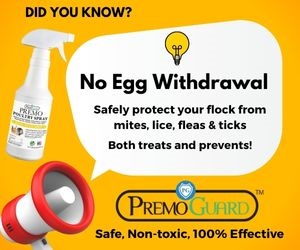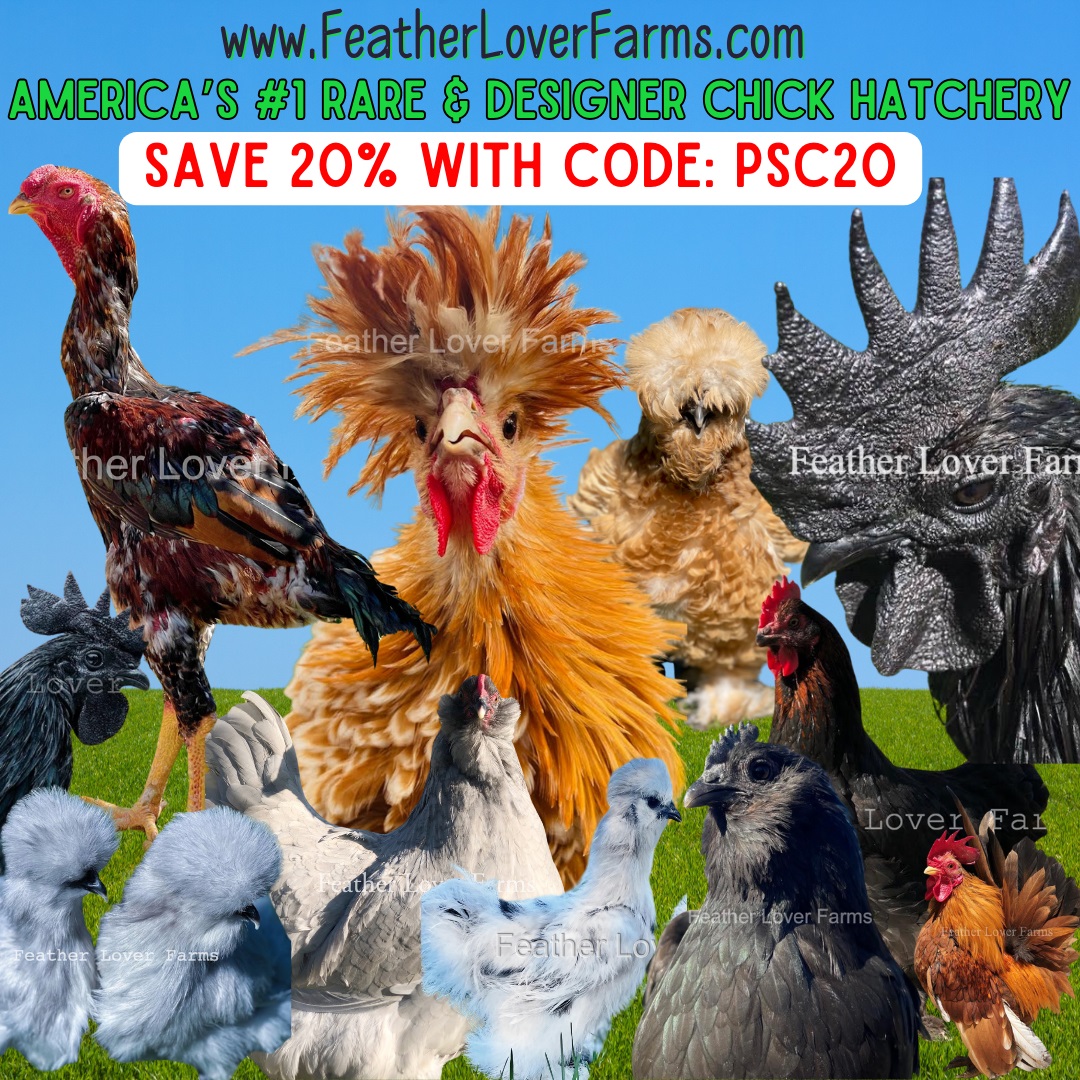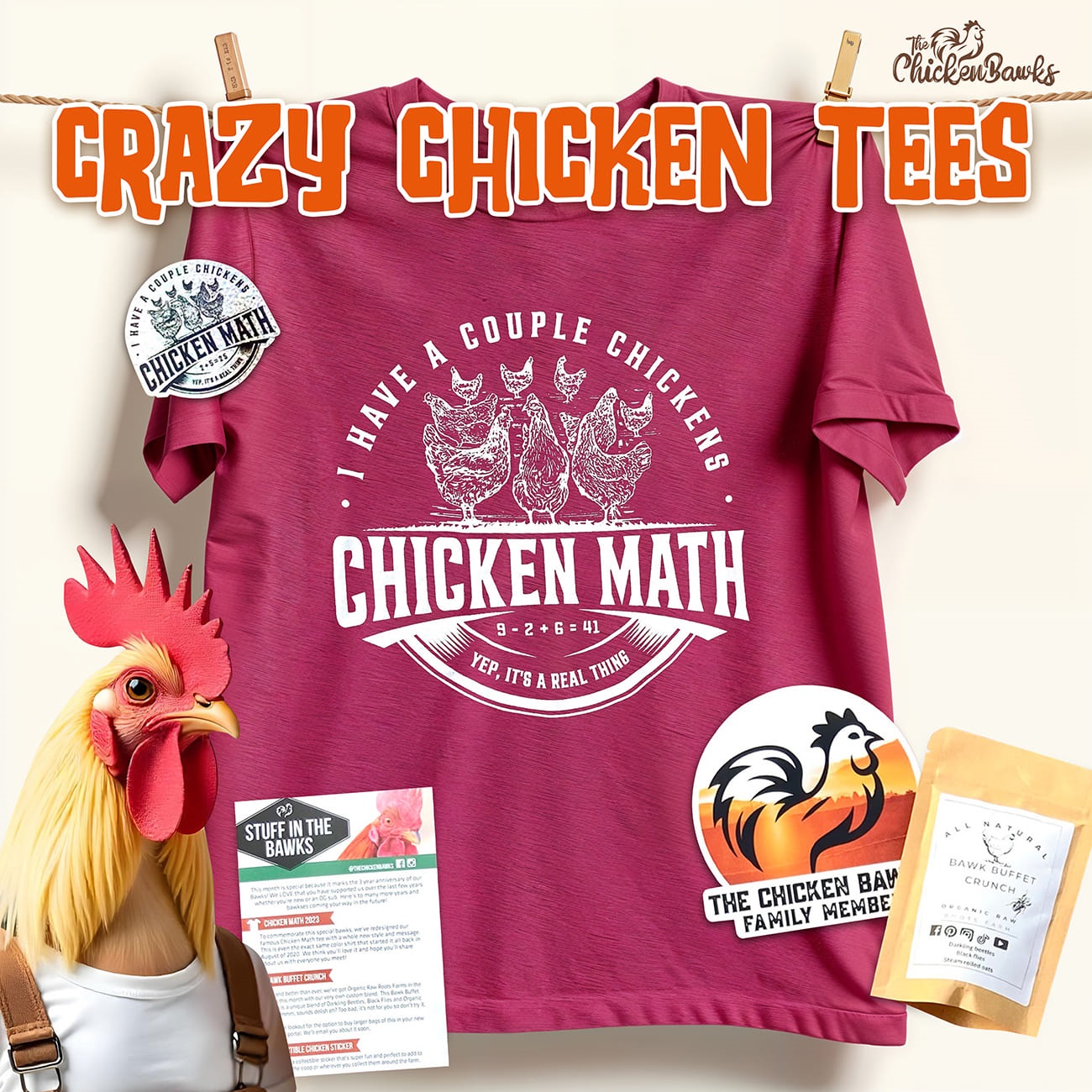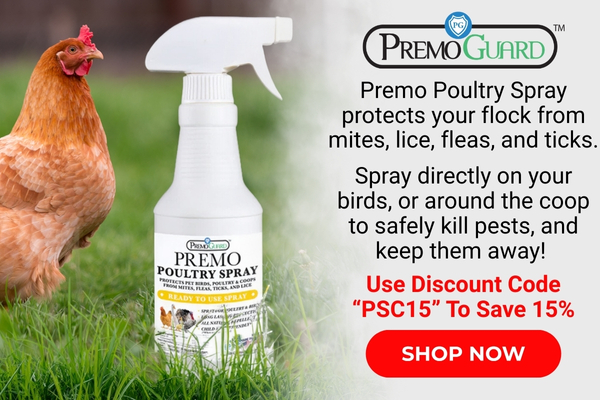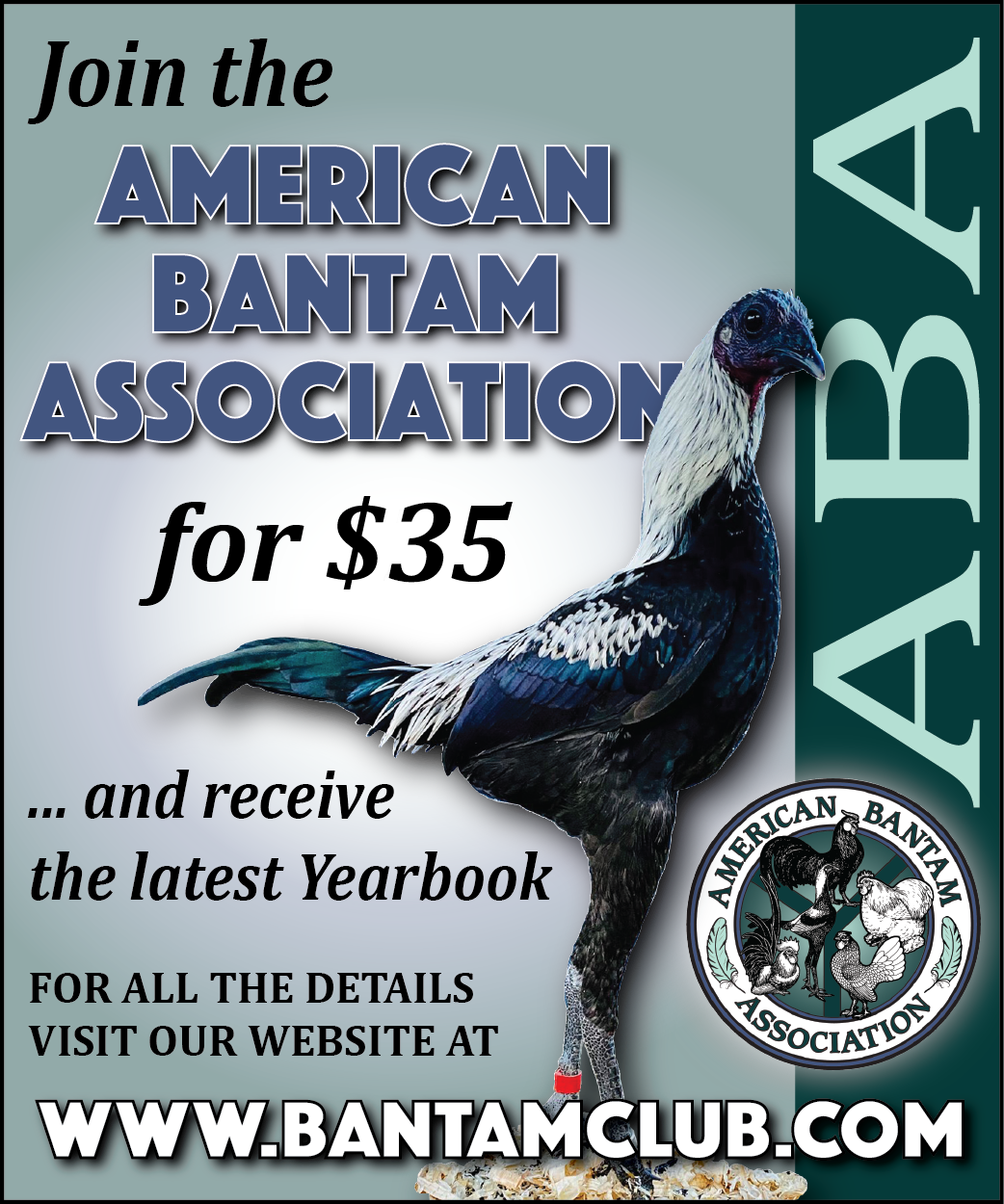Everything To Know About Livestock Guardian Dogs
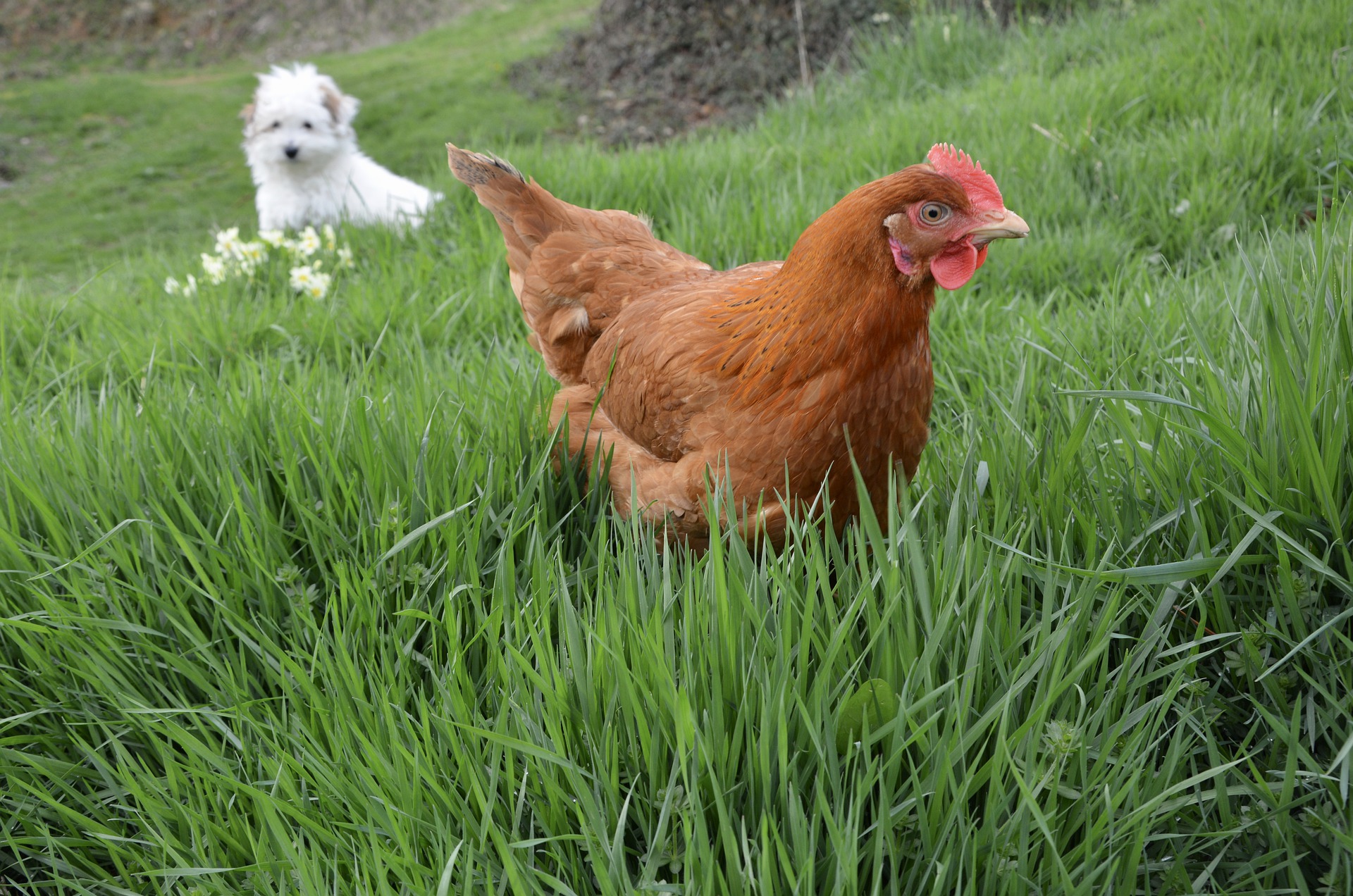
Livestock guardian dogs are ancient breeds dating back tens of thousands of years, if not longer.
In fact, guarding livestock was likely one of the original reasons humans began domesticating dogs in the first place.
This illustrious history may seem far removed from the small chicken coop in your backyard, but dogs remain a potentially highly effective tool for guarding your poultry from predators.
In this article, we’ll cover the pros and cons of livestock guardian dogs, and the ins and outs of making them work for you and your coop.
Why Get a Livestock Guardian Dog?
Livestock guardian dogs (LGD) are different from guard dogs, as modern culture tends to think of them, and also different from a pet.
An LGD will live with your flock, protecting them from potential threats with displays of aggression and, if necessary, attacks.
LGDs have traditionally been used for herds of sheep and goats, but they aren’t herding dogs.
They embed in the group and follow its lead, only asserting themselves when a threat is at hand. If you keep your flock in a very small yard or they’re in a run all day, an LGD is probably not the right choice for you. However, for free-ranging flocks whose owners can’t watch them 24/7, an LGD is one of the best choices for flock safety.
A well-trained LGD won’t disrupt your flock, but will instead integrate into their day-to-day routine and become, essentially, a member of the group.
They won’t stress out or harass your hens, but are actually likely to give them peace of mind, leading in the long term to a healthier flock.
Unlike fencing or other potential protective measures, an LGD won’t disrupt or harm the environment they’re in, and they also won’t inhibit your birds’ behavior in any way. Instead, it’s sort of like having a shepherd with them all the time.
When you coop your birds at night, the dog can either stay in the coop or the house.
It is important to remember, though, that these dogs are not pets (though many LGD breeds can make good family pets). Their energy levels, disposition, and training mean they will thrive best when they’re with the flock all day – which is also, luckily, exactly what’s best for the flock.
Livestock guardian dogs are a very effective tool, but they aren’t for everyone. For one thing, flocks who spend most of their time in a small or contained space probably don’t need one. For another, owning an LGD is still owning a dog, even if it’s not a pet, and owning a dog is not for everyone.
Because they’re outside with the flock all day, people without the time or ability to go for long walks or exercise a dog can still utilize an LGD, but the other inconveniences, responsibilities, and, crucially, expenses of keeping a dog remain. Fences may not be as effective as LGDs, but they never need feeding, vet visits, or medication.
How to Train Your Guardian Dog
Like any working dog, LGDs obviously need a lot of training to do their jobs properly.
Luckily, as with most working dog breeds, if you adopt from a breed that has a history of working as an LGD, much of the work has already been done for you.
In areas like Europe and the Middle East, with a long history of LGDs, unique regional breeds were bred, leading to a wide variety of LGD breeds existing today.
Breeds like the Tibetan mastiff and Great Pyrenees are among the better-known of these, but there are a number of lesser-known LGD breeds that are well worth considering such as the Anatolian Shepherd or Kangal dog, especially as many have come to the edge of extinction as livestock herding and the practice of using LGDs has faded over time.
Whatever LGD breed you choose, you will be getting a dog with a lot of energy, a gentle temperament, and strong protective instincts. LGDs are also usually quite large.
Training for an LGD is a years-long process, and starts with regular handling from birth. Ideally, the dog should be introduced to the animals it will be guarding by about 4-5 weeks old.
This seems young, but it’s crucial that the dog imprints on the livestock and sees it as its “pack” that needs protection.
From there, an LGD generally needs about two years of seasoning, living with the flock but receiving frequent corrections and guidance from a human or, preferably, an older LGD.
Traditional wisdom is that LGDs are not fully reliable during this two year “apprenticeship,” but the length of the process will vary from dog to dog.
Dogs have a long history of guarding livestock for a reason: They’re good at it. While livestock guardian dogs may not be for everyone, they’re well worth considering as one of the most effective ways to protect your flock from just about everything.
What can we help you find? Search the website:
What's New Around Here?
-
IA - Rhode Island Reds
Exhibition quality birds with focus on meat quality and egg production. Single comb and Rose comb. Bloodlines dating back over 100 years. Email jamey.meyer4@gmail.com -
Eastern Pigeon Expo
Information on the Eastern Pigeon Expo -
Wanted: German Owl Pigeon
Looking for an Old German Owl pigeon as an indoor companion pet. I am located in CT, but am willing to drive to the surrounding nearby states. Color, gender,


